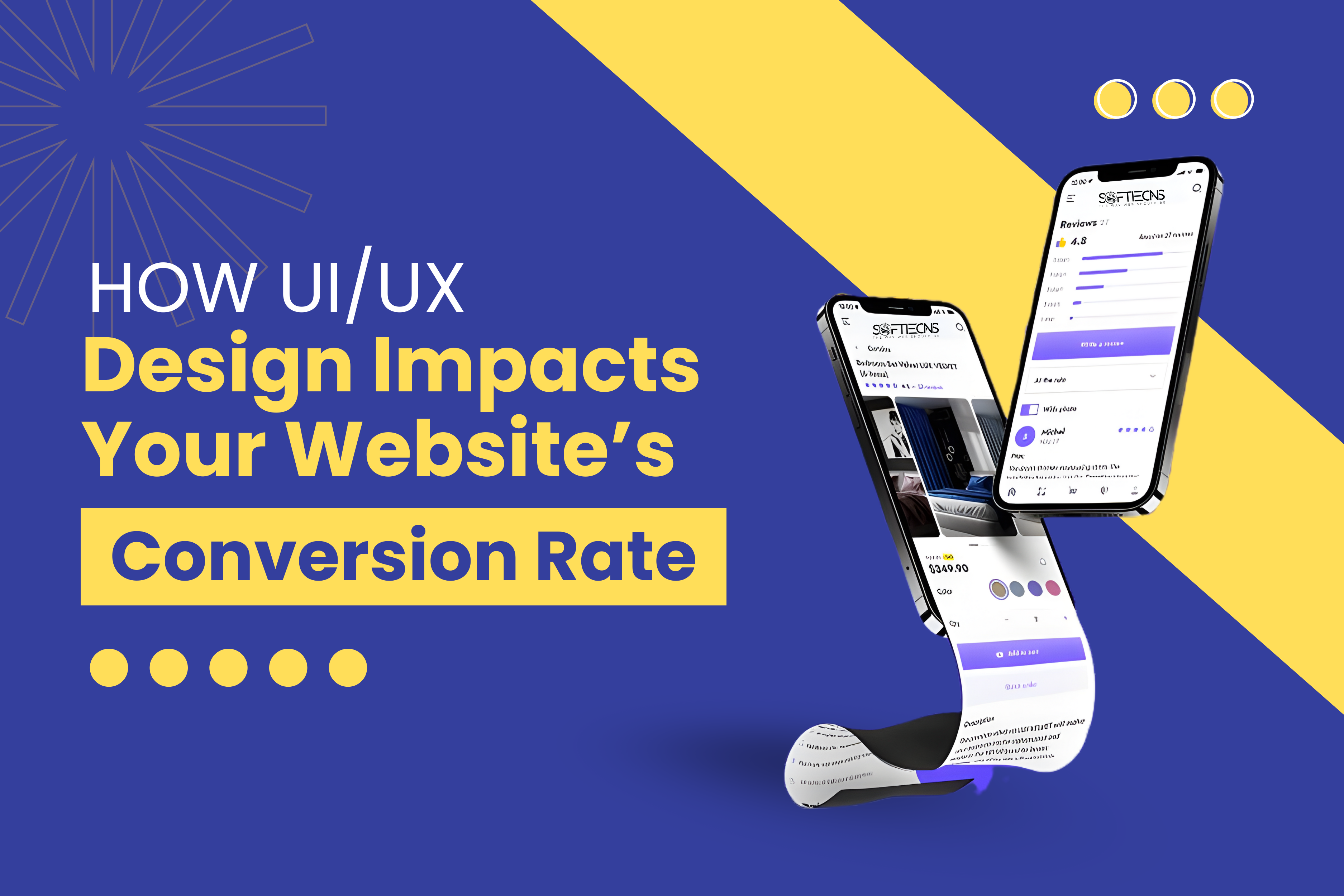Practices for the Creation of Magento Cart Website
Sat, 10 Apr 2021
The shopping cart is placed at the end of the shopping cycle – only a step ahead of the actual checkout and payment process. This is the location where the amounts, discounts, taxes, and shipping costs are measured. Perhaps importantly, it’s a fun location where a final buying decision always occurs.
In addition to offering a summary of the order, the cart page is also an excellent place to display some important purchasing details that can be weighted in the purchase decision. These can also sell impulse shopping items to increase the total value of the cart.
However, we still see shopping cart pages with high drop-out levels. There are several disappointments that customers will face on the cart page and leave the store before the transaction is complete. Below are several tips for Magento Cart page design to lower the dropout levels and drive the customers to checkout.
Mini-Cart
The primary aim of Magento’s mini-cart (or drop-down cart) is to provide a simple summary of the items previously added to the list. The trigger is normally located in the main header. This is available on the web, irrespective of the type of page the customer is actually looking at.
The Cart Page
Magento’s cart page includes a rundown of the order and a chance for the last check before the order is actually put. In general, consumers are more likely to scan a page that reads it in detail, so making the cart page easy to scan and transparent is a must. Nevertheless, one of the most popular problems on cart pages is that they are often visually cluttered instead of having simple and clear layouts.
What’s Necessary on the Cart Page?
- Products overview
- Shipping fees and returns policy
- Trust seals
- Clear button hierarchy
Additional Content on the Cart Page
- Coupon code options
- Cross-sells
POPULAR POSTS
Shopify vs. WordPress: Which one is best for e-commerce?
Wed, 07 Apr 2021Role of IoT in the Real Estate Industry
Wed, 14 Apr 2021Why UX And UI Is Important For Mobile Application Development
Sat, 01 May 2021Telemedicine's Advantages in Nursing Homes
Fri, 24 Dec 2021RECENT POSTS
Title: Run Your Entire Real Estate Business From Your Phone
Fri, 12 Dec 2025









